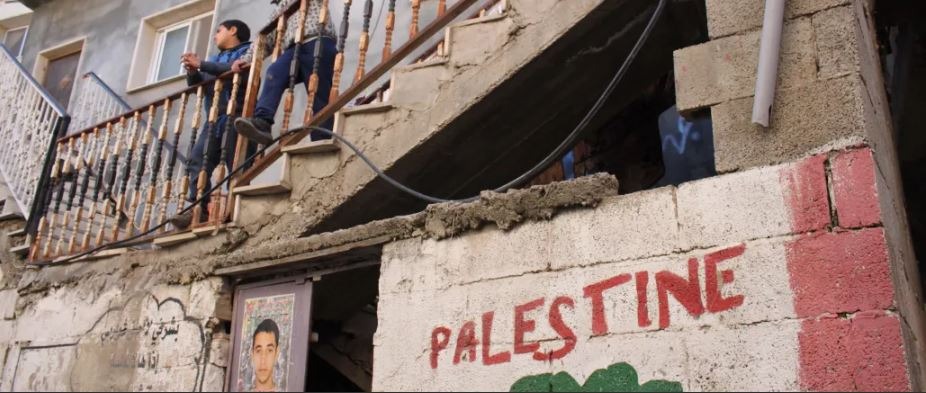Dheisheh Refugee Camp, Palestine
PALESTINE
4/9/20175 min read


The thought of having a refugee camp for Palestinians IN Palestine is something that dumbfounded me at first, I mean this is their country how can they possibly be displaced in their own homes? To my surprise I found out the sad reality of refugee camps are scattered across Palestine, providing homes to the many expelled Palestinians.
Defined by the UNRWA (United Nations Relief and Works Agency) Palestine refugees are, “persons whose normal place of residence was Palestine during the period 1 June 1946 to 15 May 1948, and who lost both home and means of livelihood as a result of the 1948 conflict.” Illegal Israeli settlements also continue to displace many families.
We went to visit the Dheisheh refugee camp, south of Bethlehem. It’s one of the largest refugee camps home to 16,000 Palestinian refugees originally from 45 villages in West Jerusalem and Hebron and home to one of my volunteer group leaders. It was built in 1949 as temporary accommodation but its residents have nowhere else to go, and with population growth, its resources are becoming more and more exhausted.
The wall on the entrance to the camp serves as a ‘wall of honour’ to those residents of the camp who have been killed by the Israeli military. Complete with photos, I can see they are far too young to have lost their lives, I can’t even imagine the grief of their parents and families. I can honestly only see faces of children, which really disturbs me. Names of the villages where camp residents have been displaced cover the wall, this is so their roots and where they came from are not forgotten or lost in the displacement. Their original homes have been removed and their villages have been destroyed. This wall provides a form of non-violent resistance, freedom of expression, and a sense of community, even though I find it very disturbing, I fully understand what it represents and why it is there. It is a visual queue to the suffering of the people. I find this very disturbing, there should be no wall, these are the faces of young civilians taken by the government military.
At first glance, it looks like a normal street but then I see the gate which is closed for protection. Our guide a resident of the camp tells us some of the things which happen here, the tone of his voice tells me this is very real and he has been through these experiences. I find them too graphic to be fabricated. As he talks, the local shop owners come out and gather around for solidarity, more and more people join us and I can see the sadness in their eyes as they look into mine to make a connection, you don’t have to be able to speak the same language as someone to recognize the pain in their soul. This is a real community under intense occupation. The guide speaks of such horrific circumstances I find it really hard to mentally digest, tears start to dwell up in my own eyes and I do have a lump in my throat hoping no one tries to talk to me in that moment. I wonder how the guide can speak about such horrific things which have happened to his family and friends but I know he has no choice but to speak out, for him this violence is all too common and his strength comes from his struggle for a better day.
One thing which really shocked me was that this refugee camp comes under regular attacks from the Israeli military, mostly at night time. Israeli snipers line the rooftops adjacent to the village and are instructed to shoot various body points to disable the Palestinians, mostly children. We are told body targets are rotated, recently knees had been the target, to disable Palestinians. We are told we will meet someone who fell victim to this, I’m very glad this didn’t actually happen because I do not know if I could have dealt with this emotionally with everything else I heard. Even more disturbingly during another attack, the eyes were a target, Israeli snipers were instructed to blind the children, and all this in the name of defence? I want to point out here that the Palestinians I saw here had no means of retaliation of defending themselves even, though these attacks are not in the form of Israeli security, it’s beyond sadistic. What I was was Palestinians treated less than humans or even animals, I truly felt sick to my stomach.
This was all new to me, I never imagined the refugee camps would also be under occupation and attack, I thought they would be a safe haven, but I was wrong, nowhere is safe. The camp is full of predominately Muslims, most women wear the hijab (headscarf). In fear of night raids, many have now resorted to sleeping in their full clothing such as jeans in case they are ambushed at night by the IDF. This is not uncommon, it happens 2-3 times a week, we were told it happened during my stay in Palestine. Children are often taken in the night without their parents being informed – it could be the child was ‘seen’ throwing a stone and could be taken and imprisoned for up to 10 years. Tear gas canisters are also thrown into the camps, not only does this cause asphyxiation but has been shown to cause birth defects in any pregnant women in the camp. Why are they doing this? I can only assume their aim is to scare the inhabitants to leave the camp so it can be destroyed to make way for even more illegal Israeli settlements.
As we walk through the camp, we can see how small the living quarters are I can’t even imagine families living in these. Palestinian homes can easily be differentiated from Israeli homes because they have huge black water tanks on them which create eyesores that can be seen on the rooftops. They need these to reserve water as it is cut off on a very regular basis by the Israeli military and rerouted back to their illegal settlements nearby. 15% of the camp is not connected to the local public sewage system. Similarly their electricity is also limited. Due to building permits, houses are being built on top of each other.
I see all sorts of people in the community, some of the most beautiful children I’ve ever seen, some elderly, a blind man walks past the backdrop of some graffiti – there is ‘hope’. There is a lot of street art and graffiti, these powerful images bring colour and life to the grey hopeless walls of the camp. They are also a form of freedom of expression and resistance. They provide a glimpse into the hopes and dreams of the Palestinians for a better future. The walls of the camp are also covered with the faces of leaders, poets, writers and martyrs. It is a way to honour the lives and memory of many of the camp residents who have been killed. Those who sacrificed their lives for the cause will not be forgotten

